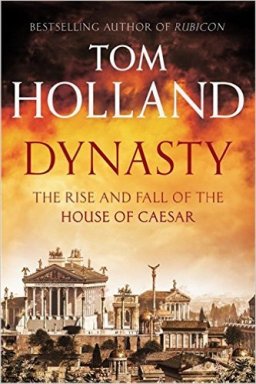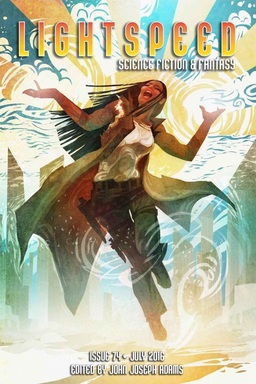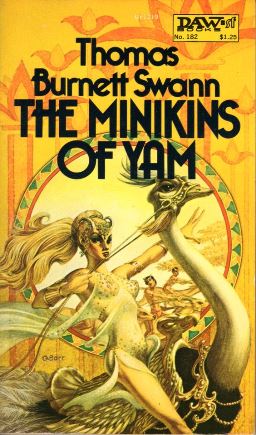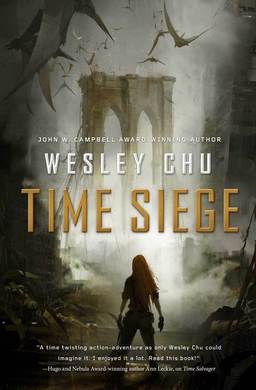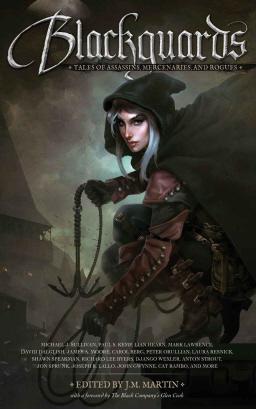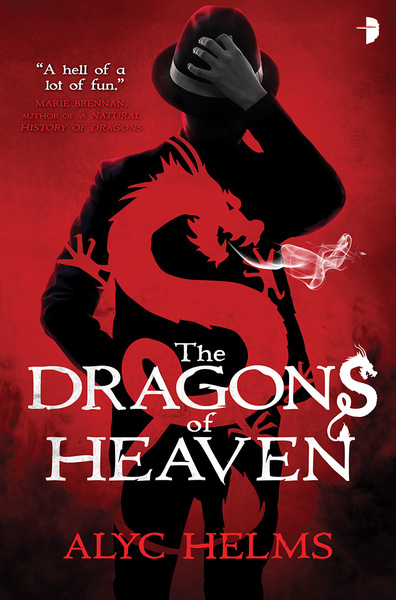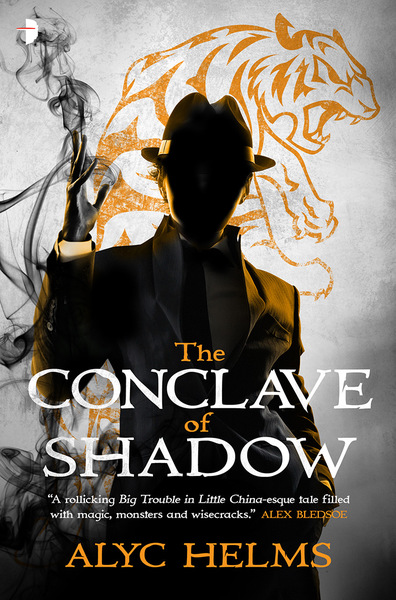Goth Chick News: So There Really Was Something In The Woods…?
In spite of the fact John O will not allow us to borrow the Black Gate dirigible for a road trip (air trip?) out to the San Diego ComicCon, we followed all the many developments of last week from afar, with maniacal interest. After all, this is where we see what we have to look forward to on the entertainment front as we slog through another Midwest winter.
From world-class cosplay to the many celebrity appearances it was difficult to decide where to look first – unless of course you’re obsessed with a good horror movie, in which case the place to look was the many trailers which made their debut during the week.
We had glimpses of Justice League, Kong: Skull Island, Suicide Squad, Wonder Woman and a television-series version of The Exorcist starring Gina Davis, which actually looks pretty interesting if you don’t mind priests fighting demons with guns instead of holy water.
But an unexpected treat came in the form of the screening of an upcoming found-footage horror film called The Woods.
From what we are told, during the screening the posters for The Woods in the theater lobby were swapped out for ones simply titled Blair Witch, and audiences were informed that they were about to watch a direct sequel to the 1999 horror blockbuster that started the craze: The Blair Witch Project.

